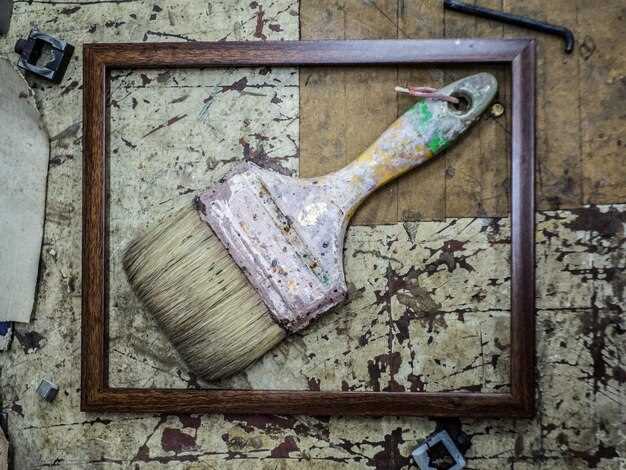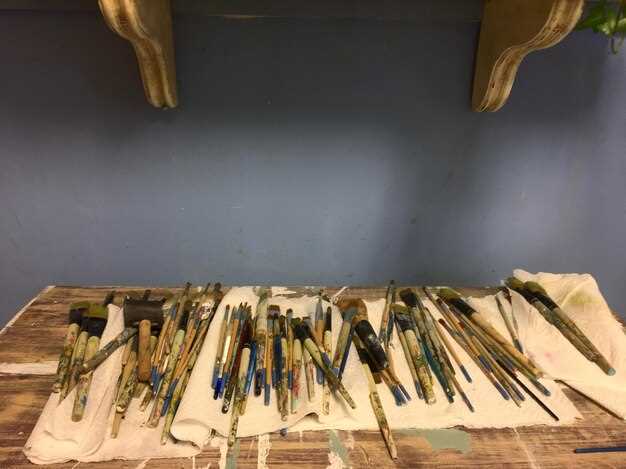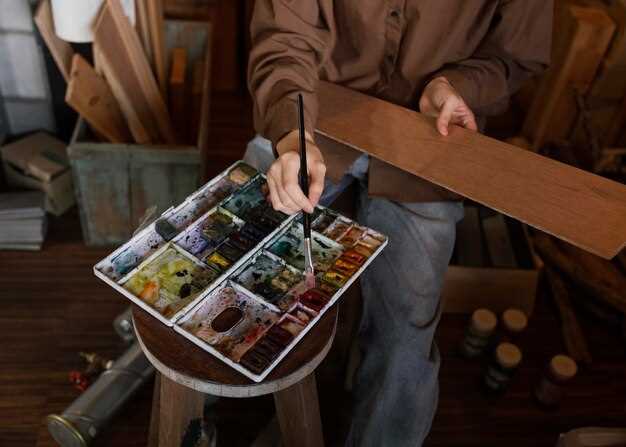
When it comes to classic car restoration, painting is not just a cosmetic enhancement; it’s a crucial aspect that can make or break the entire project. Achieving a flawless finish requires an understanding of both the art and science behind the painting process. From selecting the right materials to mastering application techniques, this article will guide you through essential tips to elevate your skills and ensure your classic car not only looks great but also retains its value.
The importance of proper painting techniques cannot be overstated. A well-executed paint job can enhance the aesthetic appeal and protect against corrosion, UV rays, and other environmental factors. Understanding the different types of paints, primers, and clear coats available, as well as how they interact with each other, is fundamental for anyone serious about car restoration. Whether you are a novice or a seasoned professional, honing your painting skills is key to achieving remarkable results.
This article will delve into various painting techniques used in classic car restoration, including preparation, application, and finishing touches. You will learn about the importance of surface preparation, the best tools for the job, and how to troubleshoot common issues that may arise during the painting process. By mastering these techniques, you will be better equipped to bring your classic car dreams to life with a stunning and durable finish.
Preparing the Surface: Techniques for Optimal Adhesion

Achieving a flawless paint job during classic car restoration starts with meticulous surface preparation. Properly prepping the surface ensures optimal adhesion of the paint, resulting in a durable and visually appealing finish.
1. Cleaning the Surface: Begin by thoroughly cleaning the car’s exterior to remove dirt, grease, and contaminants. Use a degreaser and a lint-free cloth. Pay special attention to areas that may have accumulated wax or oil.
2. Sanding: Sanding is crucial for creating a smooth base. Use various grits of sandpaper, starting with a coarser grit (around 120-180) to remove old paint and rust, followed by finer grits (320-400) for smoothing. This process not only helps with adhesion but also improves overall paint appearance.
3. Priming: After sanding, apply a primer suited for automotive applications. Primers create a binding layer that enhances paint adhesion and prevents rust. Choose a primer that matches the type of paint you will be using, whether it’s solvent-based or water-based.
4. Avoiding Contamination: To ensure the primer adheres properly, avoid touching the surface with bare hands after cleaning. Oils from your skin can hinder adhesion. Use gloves when handling the vehicle during the prep process.
5. Final Inspection: Before painting, inspect the surface for imperfections, such as scratches or dust particles. Address any issues by sanding out imperfections and cleaning again. A clean, smooth surface is key to achieving a professional finish.
6. Temperature and Humidity Control: Finally, consider the environment in which you are painting. Optimal adhesion occurs in controlled conditions, ideally between 60°F and 80°F with low humidity. Extreme temperatures or moisture can affect drying times and adhesion properties.
In summary, thorough surface preparation is essential for achieving excellent paint adhesion during classic car restoration. By following these techniques, you can ensure that your paint job lasts longer and looks great.
Selecting the Right Paint: Types and Their Applications

Choosing the right paint is crucial for achieving a high-quality finish in classic car restoration. Various paint types are available, each with unique properties suitable for specific applications. The primary categories include acrylics, enamels, and urethanes.
Acrylic paints are water-based and known for their ease of application and fast drying time. They provide excellent color retention and are commonly used for detailing and interior finishes. Acrylics are also less harmful to the environment compared to solvent-based options.
Enamel paints, on the other hand, are solvent-based and offer a hard, durable finish. They are ideal for exterior applications, providing a glossy surface that can withstand harsh weather conditions. Enamels require longer drying times and can be more challenging to work with but are often preferred for their longevity and resistance to fading.
Urethanes represent a more advanced option, combining the benefits of both acrylics and enamels. They offer exceptional durability and are resistant to chemicals and UV light. Urethanes provide a high-gloss finish that enhances the car’s aesthetic appeal, making them popular for exterior finishes on classic cars.
When selecting paint, consider factors such as the desired finish, the car’s usage, and environmental conditions. A proper understanding of these types and their applications will help ensure the best results and a long-lasting, beautiful finish on the restored vehicle.
Finishing Touches: Polishing and Protecting the Final Coat
After completing the painting process of a classic car restoration, the final coat requires attention to detail to achieve that showroom shine. Polishing is an essential step that enhances the depth and clarity of the paint, revealing the true beauty of the color and finish. Start with a high-quality polishing compound, preferably one designed specifically for automotive finishes. This ensures compatibility with the paint type used and maximizes results.
Before polishing, ensure the paint has fully cured, typically taking several weeks depending on the product used. Begin with a clean surface; wash the vehicle thoroughly to remove any debris and contaminants that may scratch the surface during polishing. It is advisable to use a dual-action polisher, which minimizes the risk of burning the paint while providing an even application of the polish.
Apply the polishing compound using a soft foam pad, working in small sections. This allows for better control and ensures thorough coverage. Use light to moderate pressure, allowing the machine to do the work while keeping the pad moving to prevent overheating of the paint. Once the polish is worked into the paint, wipe off any residue with a clean microfiber cloth, revealing a glossy finish.
After achieving the desired shine through polishing, it’s crucial to protect the final coat. A high-quality sealant or wax should be applied to shield the paint from environmental elements, UV rays, and contaminants. Sealants offer longer-lasting protection and are often easier to apply than traditional wax, while wax adds richness and depth to the finish.
Follow the manufacturer’s instructions for application and curing times. Typically applied by hand using a soft applicator pad, wax protects the paint while enhancing its appearance. Regular maintenance with a detailing spray can further preserve the finish, ensuring that the beauty of the restoration endures through time.


